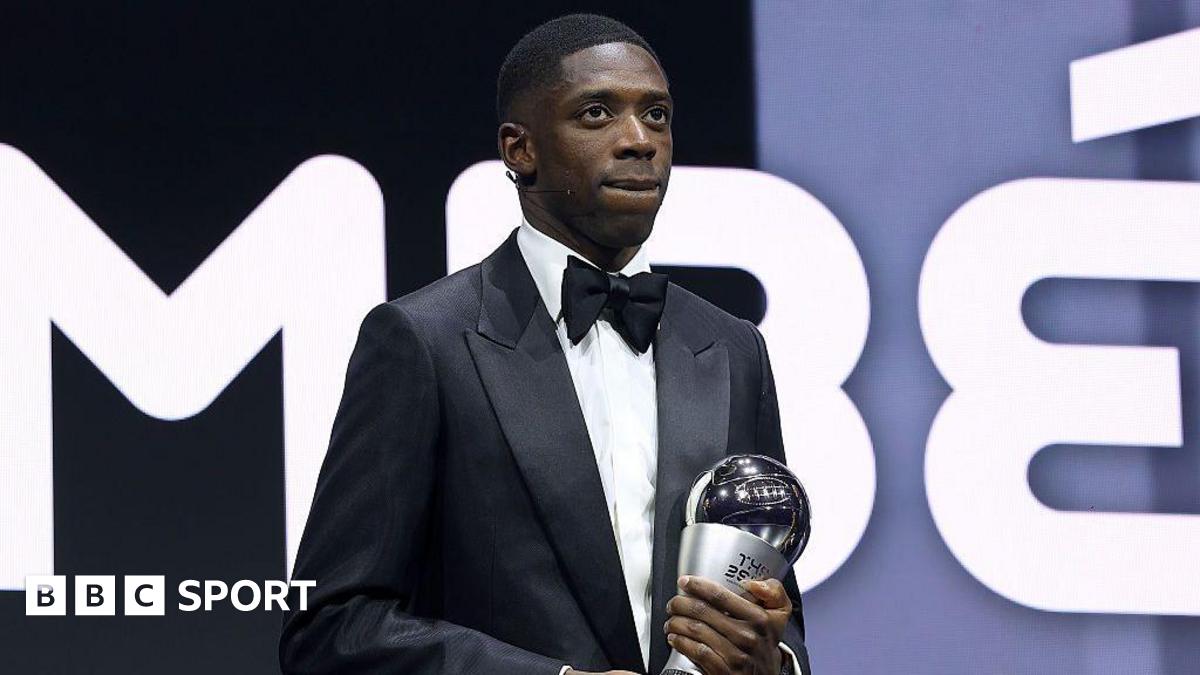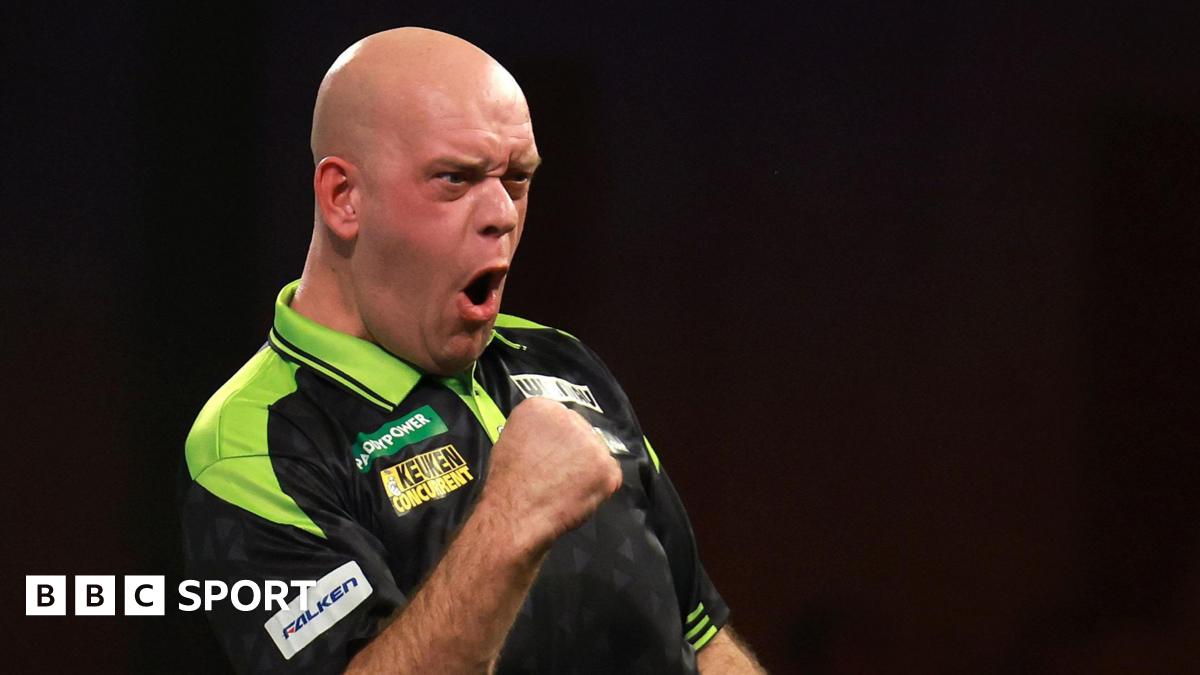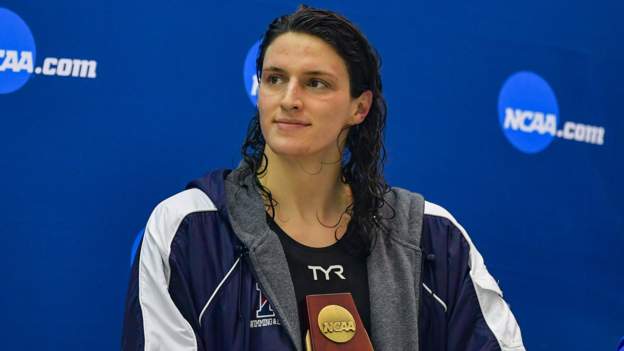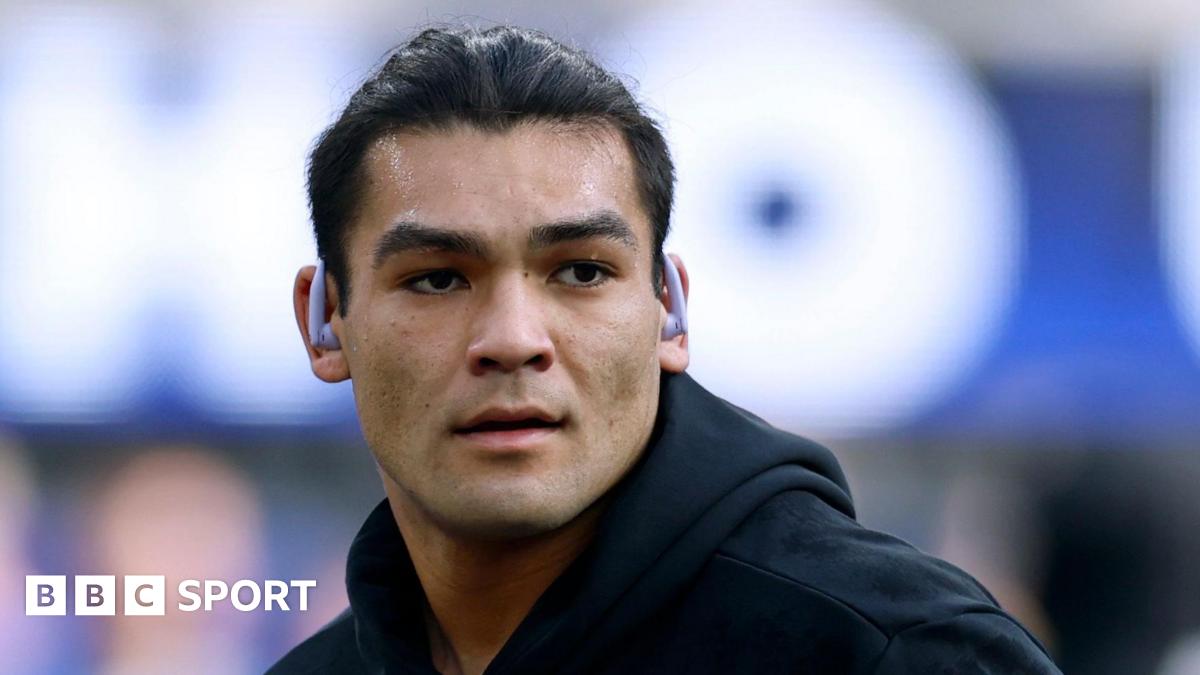Transgender athletes “are not a threat” to women’s sport, says American swimmer Lia Thomas.
In March, Thomas became the first known transgender swimmer to win the highest US national college title with victory in the women’s 500-yard freestyle.
She said athletes did not transition to gain a competitive advantage.
The conversation around the inclusion of transgender women in women’s sport has divided opinion both inside and outside the sporting sphere.
Many argue transgender women should not compete in women’s sport because of any advantages they may retain – but others argue sport should be more inclusive.
World Athletics president Lord Coe has said the “integrity” and “future” of women’s sport would be “very fragile” if sporting organisations gets regulations for transgender athletes wrong.
“The biggest misconception, I think, is the reason I transitioned,” Thomas told ABC and ESPN. “People will say, ‘Oh, she just transitioned so she would have an advantage, so she could win.’ I transitioned to be happy, to be true to myself.”
She added: “Trans women competing in women’s sports does not threaten women’s sports as a whole.
“Trans women are a very small minority of all athletes. The NCAA [National Collegiate Athletic Association] rules regarding trans women competing in women’s sports have been around for 10-plus years. And we haven’t seen any massive wave of trans women dominating.”
US swimmer Erica Sullivan, who competed against Thomas at the college event, said Thomas deserved “to be celebrated for her hard-won success”.
Sullivan said she was “proud” to be one of more than 300 college, Team USA and Olympic swimmers who signed an open letter in support of Thomas and all transgender and non-binary swimmers.
But other athletes and organisations have raised concerns about trans inclusion.
Some of Thomas’ team-mates and their parents wrote anonymous letters supporting her right to transition, but added it was unfair for her to compete as a woman.
“You can’t go halfway and say you support trans women and trans people but only to a certain point,” said Thomas.
“If you support trans women as women and they met all the NCAA requirements then I don’t think you can say something like that.
“I knew there would be scrutiny against me if I compete as a woman. But I also don’t need anybody’s permission to be myself and do the sport that I love.”
Asked whether she had ambitions to compete at the US Olympic trials in June 2024, Thomas said: “It’s been a goal of mine to swim at an Olympic trials for very long time and I would love to see that through.”
The heart of the debate on whether transgender women athletes should compete in women’s sport involves the complex balance of inclusion, sporting fairness and safety – essentially, whether trans women can compete in female categories without giving them an unfair advantage or presenting a threat of injury to competitors.
Trans women have to adhere to a number of rules to compete in specific sports, including in many cases lowering their testosterone levels to a certain amount, for a set period of time, before competing.
There are concerns, however, that athletes retain an advantage from going through male puberty that is not addressed by lowering testosterone.
Two current elite female runners told BBC Sport earlier this month that transgender women should compete in an “open category” in order to “protect women’s sport”, arguing that transgender competitors in the female sport category were taking away opportunities for women.
They added transgender athletes were welcome in elite sport and an open category would mean a “level playing field”.
Former swimmer Sharron Davies has said “no rules can reverse the advantage of male puberty”, a point backed by sports scientist Professor Ross Tucker who says: “When human males go through puberty the heart becomes larger, the lungs become larger, the body fat percentage goes down, and the skeleton changes.
“The collection of those things creates significant performance advantages.”
Recent studies and reviews have also questioned the effectiveness of testosterone suppression.
However, there is limited research into what effect transitioning can have on an athlete – because there are so few transgender athletes, and even fewer in elite sport.
Joanna Harper, a scientist at Loughborough University and a trans athlete herself, says her research “suggests that there is a substantial performance loss with testosterone suppression”.
Thomas swam for the Pennsylvanian men’s team for three seasons before starting hormone replacement therapy in spring 2019.
She has since broken records for her university swimming team.
Thomas says depression affected her performance in her first two years at university, but after transitioning she was able to better focus on her swimming.
“There’s a lot of factors that go into a race and how well you do and the biggest change for me is that I’m happy,” she said.
“Sophomore [second] year I was miserable, so having that be lifted is incredibly relieving and allowed me to put my all into training and racing.”
USA Swimming updated its policy for elite swimmers in February to allow transgender athletes to swim in elite events, alongside criteria that aim to reduce any unfair advantage, including testosterone tests for 36 months before competitions.
Thomas’ experience has contributed to the growing debate surrounding the participation of transgender athletes in sport.
In April, British transgender cyclist Emily Bridges was stopped from competing in her first elite women’s race by cycling’s world governing body, the UCI.
Bridges, 21, came out as transgender in 2020 and began hormone therapy a year later as part of her gender dysphoria treatment.
In the Tokyo Olympics last summer, transgender athlete Laurel Hubbard made Games history by competing in the women’s +87kg weightlifting.
Hubbard became the first openly transgender athlete to compete at a Games in a different gender category to the one in which they were born. But she failed to record a successful lift in the women’s +87kg weightlifting.



















